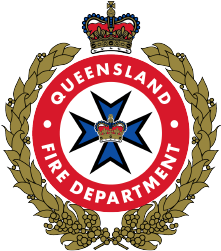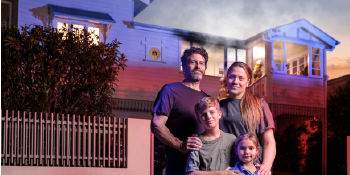Queensland Fire Department (QFD)

Maintained by a unique mix of approximately 28,000 Rural Fire Service Queensland (RFSQ) volunteers and approximately 2,200 permanent firefighters, more than 2000 auxiliary firefighters and supported by non-operational administrative support staff, QFD responds to:
- Structural, landscape and vehicle fire;
- Road crash rescue;
- Swift water and water rescue;
- Storm and natural disaster;
- Building fire safety;
- Hazardous condition incidents;
- Land, marine, air and urban search and rescue;
- Crime scene, missing person and forensic searches;
- Animal disease outbreaks; and
- Communications.
The QFD aims to protect person, property and the environment through the delivery of emergency services, awareness programs, response capability and capacity (preparedness), and incident response and recovery for a safer Queensland.
- Information regarding Fire and Rescue can be located on the Queensland Fire Department website.
- For information regarding the Rural Fire Service Queensland, refer to the Rural Fire Service Queensland
- For information regarding Emergency and Disaster, refer to the Disaster website
Rural Fire Service Queensland
The Rural Fire Service Queensland (RFSQ) is the volunteer arm of the QFD operating in rural, semi-rural and urban fringe areas where there is no urban fire service coverage.
The RFSQ consists of approximately 28,000 volunteers from 1500 rural fire brigades across the state.
RFSQ volunteers provide services in their local area, including:
- fighting fires
- fire prevention and mitigation advice (controlled burns etc.)
- issuing fire permits
- community education
- disaster management response and recovery operations.
